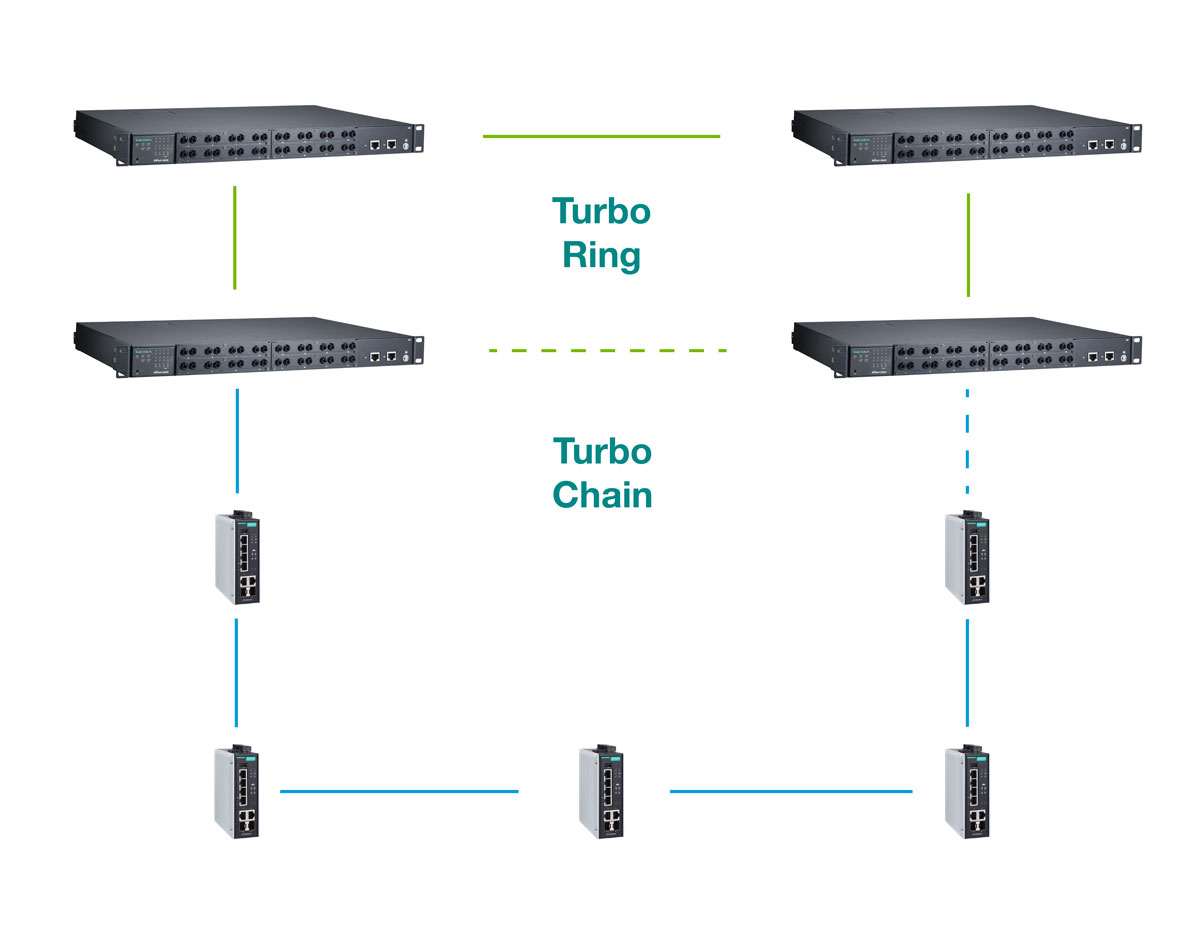Nulla facilisi. In vel mauris risus.
Praesent non velit ut libero condimentum pulvinar sed vitae tellus.
Vestibulum id tristique elit. Suspendisse posuere rutrum sodales. Nam id elit ac sem iaculis lacinia posuere vitae metus.
Welcome back to Stories from Tech Support, our series where we interviewed members of our Tech Support and Field Engineering Teams to learn about the challenges they encounter in the field and how they have helped customers overcome their challenges. This series was created to share their experiences and to help others overcome similar problems.
This story comes from Didier, an ITS Field Application Engineer. In the story, he tells us about how he worked with a public transportation system integrator to extend an active tram network in France.
The Problem
A new tramline was to be added in France as an extension of the existing system. The question was how to design an extension of the network while meeting the city’s design requirements. The customer needed a secure network that would be redundant and have fast recovery times.
The Fix
Didier was happy to show the customer how to design the network for redundancy. He took his time to walk them through Turbo Chain and Turbo Ring to illustrate how they applied to their situation.

He explained that Turbo Ring connects the switches in a ring topology. When this is done with unmanaged switches, it creates a loop resulting in network failure. However, by using Moxa managed switches with their Turbo Ring and Turbo Chain features, this issue is prevented. The mechanism is based on electing one port on one of the switches in a ring to be disabled to prevent a network loop and only enabling this blocked port once a fault in the remainder of the ring is detected. Those features support complex layer 2 topologies by combining rings via so-called ring coupling, dual-homing and dual-ring functionality.
Didier shared that Turbo Chain is really just an extension of Turbo Ring. While the topology is essentially the same, it can be built onto an existing network allowing separate networks to function while still being connected to the main network. You can see an example of Turbo Ring with a Turbo Chain extension in the image on the right.
The next step was to focus on VLANs to keep their operations secure as information was transferred from end device to server on different VLANs. The customer knew VLANs would be required, but was unsure of how to configure them due to their relation to the different networks.
Walking the customer through the process, Didier clarified that VLAN is a layer 2 term, which is typically used to separate broadcast domains. A VLAN allows a group of devices, located anywhere on a network, to communicate as if they are on the same physical segment. A physical port can be independently configured to belong to a specific VLAN. VLANs enhance security because devices within each VLAN can only communicate with devices on the same VLAN, while keeping the traffic between them separate from all other devices on the same physical LAN. After sharing this knowledge, Didier guided the customer through setting up VLANs to create a secure network.
Result
Once the redundant network was deployed, tests were run and the results showed that recovery was under 20 milliseconds on the secure network. Although the tram wasn’t ready to start using the rails, the network was now in place to accept additional end devices. Even though a lot of work still had to be done before the new section of rail could be opened, the client was relieved to know that this stage of the project was over. With the network now operational, they were one step closer to opening the new line of rail.
Summary
Working together, Didier and the public transportation system integrator were able to help extend the customer’s current network to allow for the addition of a new tramline. Didier helped to bring their plans to life by contributing his knowledge of the product, different topologies, and strategies such as Turbo Chain, Turbo Ring, and VLAN. Working together, the customer and Didier deployed a network that was able to meet all system requirements including fast recovery time and effective network segmentation to ensure security.
The customer was surprised at the amount they learned and the ease with which they were able to get their network extension completed when working with Didier. The customer appreciated the support provided by Didier because he was a helpful resource. Not just from a product knowledge stand point, but because of his mastery of networking and his willingness to walk them through their issue.